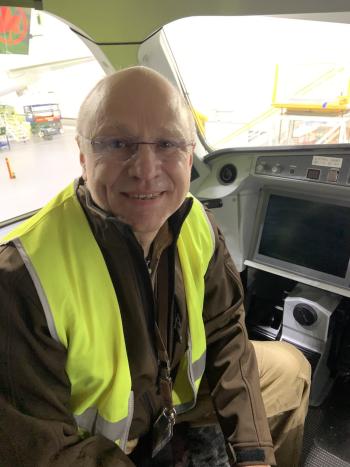
Credit: Lee Ann Shay/Aviation Week
Christophe Marchand, an Airbus A220 production test pilot, spoke with BCA editor Lee Ann Shay on Dec. 15. That was the day after the first flight of the Airbus ACJ TwoTwenty, the corporate aircraft version of the A220. The interview took place in the cockpit of an ACJ TwoTwenty at Airbus’ final...
Subscription Required
This content requires a subscription to one of the Aviation Week Intelligence Network (AWIN) bundles.
Schedule a demo today to find out how you can access this content and similar content related to your area of the global aviation industry.
Already an AWIN subscriber? Login
Did you know? Aviation Week has won top honors multiple times in the Jesse H. Neal National Business Journalism Awards, the business-to-business media equivalent of the Pulitzer Prizes.

